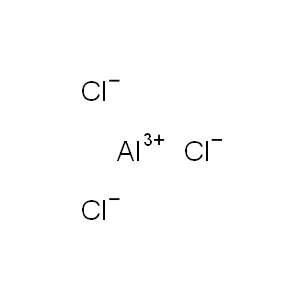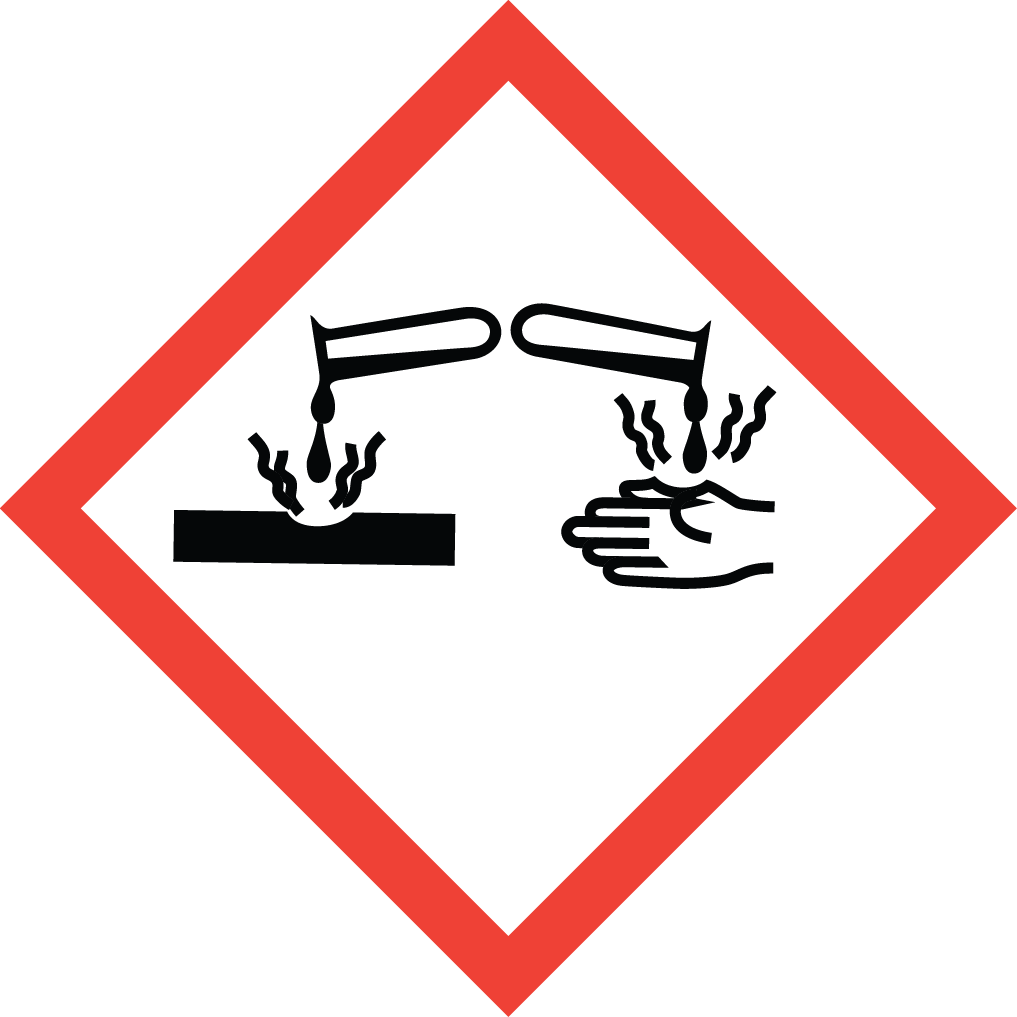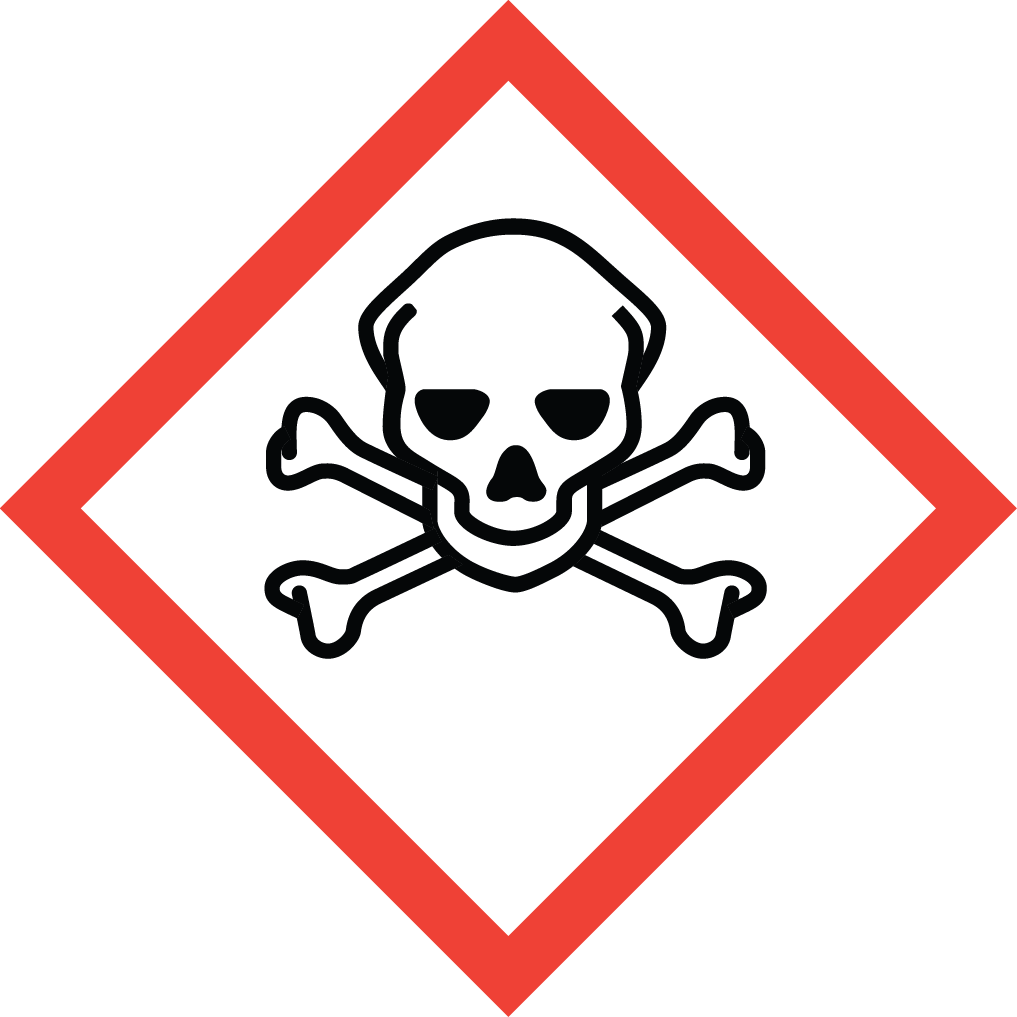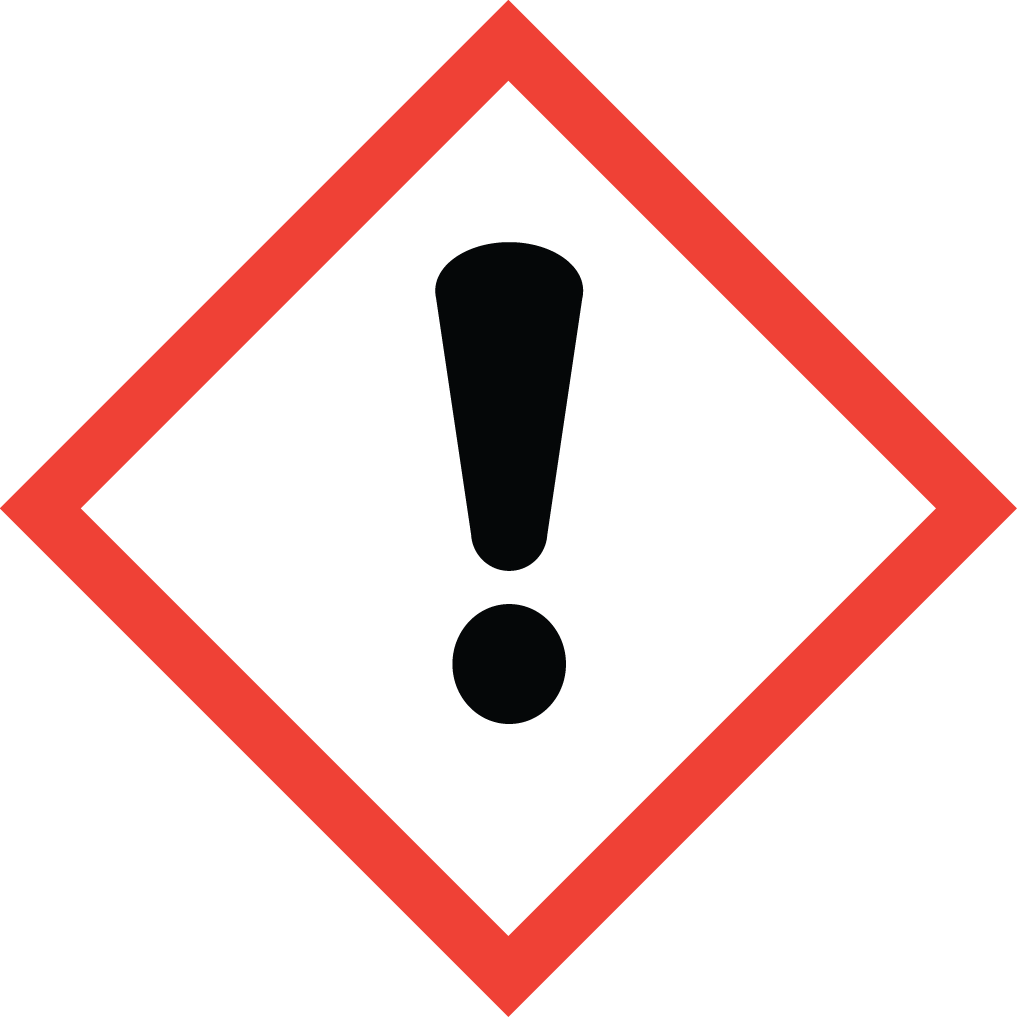Aure Chemical: Reliable Supplier of Industrial-Grade Anhydrous Aluminum Chloride
Aure Chemical is a premier global supplier of high-quality Anhydrous Aluminum Chloride (AlCl₃). With the CAS number 7446-70-0, this critical inorganic compound typically appears as a white to gray crystalline powder, known for its extreme reactivity with moisture and its fuming nature in humid air. As a powerful Lewis acid, Anhydrous Aluminum Chloride is an indispensable catalyst and reagent across a broad spectrum of chemical and industrial processes. Its versatility makes it a cornerstone in organic synthesis, petroleum refining, and the production of various intermediates. Aure Chemical's unwavering commitment to excellence ensures that our Anhydrous Aluminum Chloride meets the stringent purity and performance requirements for your most demanding applications, guaranteeing consistency and reliability.
Basic Information of Anhydrous Aluminum Chloride
Aure Chemical's Anhydrous Aluminum Chloride (CAS No. 7446-70-0) is meticulously produced and rigorously tested to meet stringent quality standards. We ensure exceptional purity and consistent performance, essential for your operations:
| CAS No.: | 7446-70-0 |
|---|
| EC No.: | 231-208-1 |
|---|
| Linear Formula: | AlCl₃ |
|---|
| Molecular Weight: | 133.34 |
|---|
| Appearance: | White to grayish crystalline powder or lumps. Fumes in moist air. |
|---|
| Melting point: | 194 °C |
|---|
| Density: | 2.44 |
|---|
| Solubility: | Highly soluble in water (with violent reaction). Soluble in many organic solvents such as ethanol, benzene, chloroform, and carbon tetrachloride. |
|---|
| Nature: | Extremely hygroscopic (absorbs moisture from air). Corrosive. Reacts violently with water, releasing heat and hydrogen chloride gas. Strong Lewis acid. |
|---|
| RIDADR: | UN 1726 8/PG 3 |
|---|
| Chemical Structure: |  |
|---|
Our commitment to delivering high-purity Anhydrous Aluminum Chloride ensures a reliable and efficient component for your critical processes, offering consistent quality for diverse industrial needs.
Primary Applications of Anhydrous Aluminum Chloride
Anhydrous Aluminum Chloride's exceptional properties, particularly its strong Lewis acidity and reactivity, make it an incredibly versatile and widely used compound with applications across numerous industries:
Organic Synthesis Catalyst:
It is predominantly used as a powerful catalyst in organic synthesis, especially in Friedel-Crafts reactions (alkylation and acylation), which are fundamental for the production of dyes, pharmaceuticals, detergents, and synthetic rubbers. It facilitates the formation of carbon-carbon bonds.
Petroleum Refining:
In the petroleum industry, it acts as a catalyst in various processes such as isomerization, cracking, and polymerization to produce high-octane gasoline and other valuable petrochemicals.
Pharmaceutical and Agrochemical Industries:
It serves as a key intermediate and catalyst in the synthesis of various pharmaceutical compounds, vitamins, and agrochemicals, enabling the creation of complex molecules.
Dye and Pigment Production:
Anhydrous Aluminum Chloride is essential in the production of certain dyes and pigments, particularly those requiring Friedel-Crafts acylation or alkylation steps.
Polymer Industry:
It functions as a catalyst in the polymerization of hydrocarbons, playing a role in the production of synthetic rubber and other polymeric materials.
Metallurgy:
It can be used in certain metallurgical processes, such as the refining of aluminum and other metals.
Chemical Reagent:
Beyond its catalytic roles, it serves as a versatile chemical reagent in various laboratory and industrial reactions due to its strong electrophilic nature.
Why Choose Aure Chemical for Your Anhydrous Aluminum Chloride Supply?
Aure Chemical is dedicated to providing superior chemical solutions and unparalleled customer support. By partnering with us for your Anhydrous Aluminum Chloride requirements, you benefit from:
Exceptional Purity & Consistent Quality: Our Anhydrous Aluminum Chloride is manufactured to stringent purity specifications, crucial for optimal catalytic activity and reliable performance in sensitive chemical reactions.
Reliable Global Supply Chain: We maintain a robust and efficient supply network, guaranteeing timely and secure delivery of this highly reactive chemical to your facilities worldwide, adhering to all strict safety and regulatory standards for hazardous materials.
Expert Technical Support: Our team of experienced chemists and specialists is readily available to offer comprehensive guidance on product application, safe handling procedures, and optimal storage conditions for Anhydrous Aluminum Chloride.
Commitment to Quality & Safety: We adhere to the highest industry standards for quality management, safety, and environmental responsibility across all our operations, ensuring peace of mind for our clients.
Choose Aure Chemical for a trustworthy and dependable supply of high-quality Anhydrous Aluminum Chloride. We're ready to support your most demanding and innovative industrial processes.
Hazards Classification
GHS Classification: Corrosive (GHS05), Acute Toxicity (GHS06), Exclamation Mark (GHS07)
Hazard Statements: Causes severe skin burns and eye damage; harmful if swallowed or inhaled; may cause respiratory irritation.
UN Number: UN 1726
Hazard Class: 8 (Corrosive Substances)
Packing Group: II
 GHS05: Corrosive
GHS05: Corrosive GHS06: Acute toxicity
GHS06: Acute toxicity GHS07: Exclamation mark
GHS07: Exclamation mark
